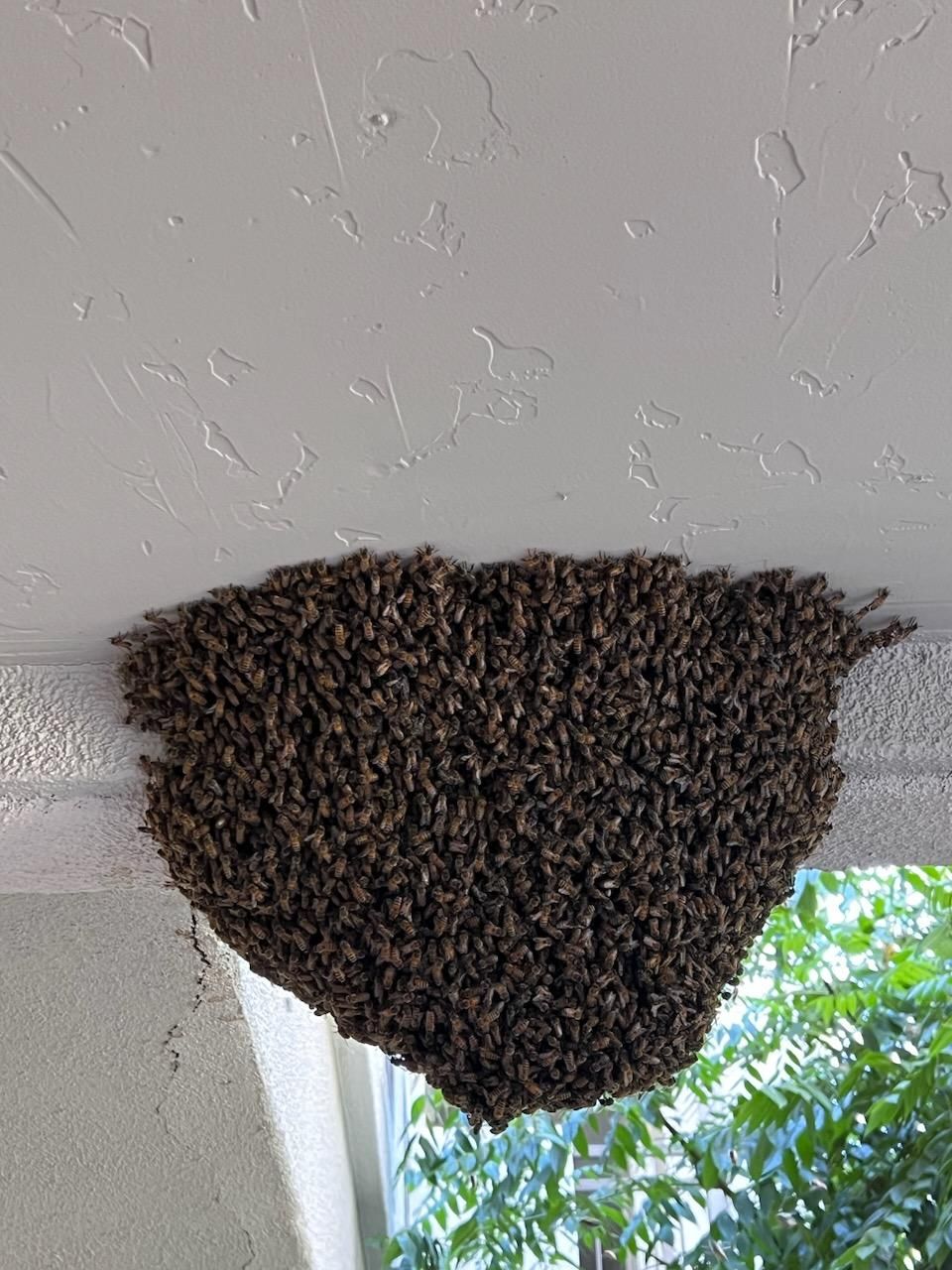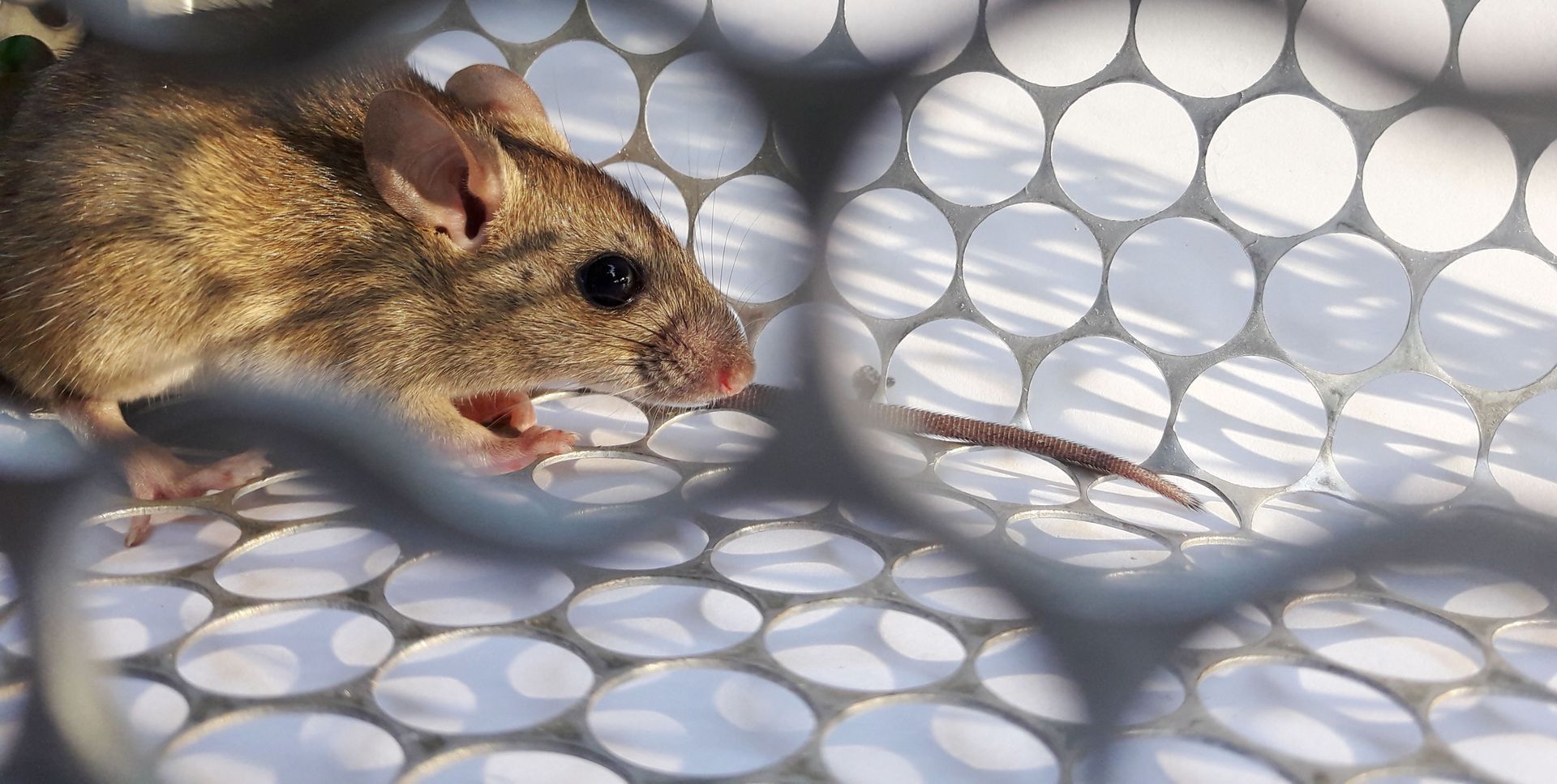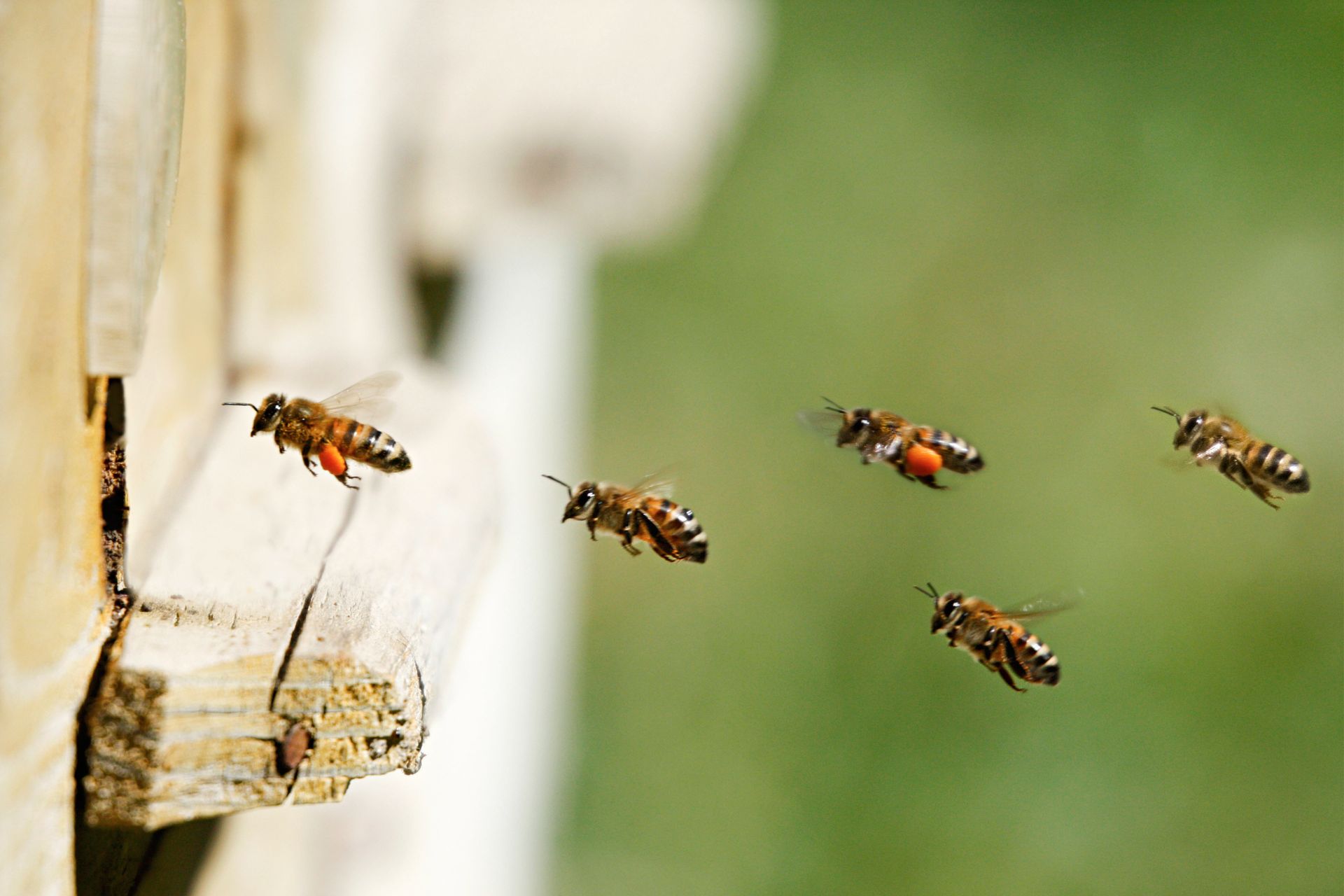The Importance of Humane Bee Removal for a Healthy Ecosystem
October 31, 2025
Bees play a vital role in maintaining the balance of our ecosystem, serving as one of nature's most essential pollinators. Their activity supports the growth of fruits, vegetables, and flowering plants, contributing to biodiversity and the global food supply. However, when bees build hives in or near human structures, they can become a concern for homeowners. While it may be tempting to remove a hive using quick or convenient methods, improper removal can harm both the bees and the surrounding environment. This is why humane bee removal services are so important. These specialists focus on safely relocating bee colonies rather than exterminating them, ensuring that pollinators continue to thrive while keeping people and property safe.
The Importance of Bees
Bees are pivotal in the process of pollination, a mechanism that is essential for the reproductive cycle of a majority of plants. As bees move from plant to plant in search of nectar, they inadvertently transfer pollen grains. The pollination process enabled by bees supports the reproductive capacity of approximately 80% of flowering plants around the globe, according to the U.S. Geological Survey. This transfer is crucial because it leads to fertilization, allowing plants to produce seeds and fruits. Without bees, many plants would fail to reproduce efficiently, leading to a decline in biodiversity.
Beyond mere plant reproduction, the pollination process conducted by bees contributes significantly to the broader ecosystem. As bees facilitate plant reproduction, they support the survival and growth of plants that serve as food and habitat for other wildlife. This interconnectedness reinforces the stability and sustainability of ecosystems, making bees integral to environmental health. A decrease in bee populations would therefore have a cascading effect, leading to imbalances in flora and fauna populations. Such disruptions ultimately threaten ecosystem resilience.
Moreover, the pollination mechanics played out by bees are intertwined with human needs and desires. By pollinating our food crops, bees directly impact food production and security. Many of the fruits, vegetables, and nuts that humans rely on for nutrition result from the pollination services provided by bees. Consequently, the stability of our food supply and, by extension, economic stability hinges significantly on the health of bee populations. Protecting bees, therefore, becomes synonymous with safeguarding human interests.
The Decline in Population
The decline in bee populations is often one of the first noticeable signs that an ecosystem is in peril. This is because bees are sensitive to alterations in their habitats, making them valuable in detecting early signs of environmental decline. Their vulnerability to pollutants, habitat changes, and climate disruptions provides information on the cumulative impact of human activities. Thus, preserving bee populations through more humane bee removal methods can aid in maintaining ecological integrity and prompt proactive environmental protection measures.
Furthermore, the decline of bee populations can have reverberating economic consequences, illustrating their importance as a metric for ecosystem vitality. When bees thrive, it signifies robust ecosystems capable of supporting a variety of plant and animal life. The environmental health reflected by healthy bee populations translates into reliable agricultural yields and biodiversity. Ultimately, bees account for an essential segment of environmental monitoring, providing valuable data for sustainable development efforts.
Human actions often disrupt these crucial populations, threatening ecosystem stability. For instance, habitat loss due to extermination tactics diminishes resources available to both bees and the species they support. Protecting these interactions requires a comprehensive understanding of ecosystem interrelations and concerted conservation efforts. When faced with an infestation, you have the option of safeguarding this vulnerable population through humane bee removal to protect not just individual pollinators but also the intricate web of life that depends on them. These efforts contribute to a holistic approach to biodiversity conservation, promoting ecosystem health and sustainability.
The Process of Removal
The process of humane removal is a method that ensures the safe and ethical relocation of bees without causing harm or mortality. It prioritizes the preservation of bee colonies rather than extermination, recognizing their ecological significance. Humane practices involve using non-invasive techniques to capture and relocate bee colonies to suitable environments. This approach helps mitigate the risks to bees, supporting their conservation and maintaining biodiversity. The growing awareness of the importance of pollinators underscores the need for humane bee removal practices.
Key principles of humane removal include assessing the situation, applying the least intrusive methods, and ensuring thorough removal. This may involve capturing the entire colony, including the queen, and transferring them to new hives maintained by beekeepers. Additionally, humane removal methods require expertise and understanding of bee behavior and ecology. Practicing humane removal supports ethical stewardship of biodiversity, encouraging community involvement and awareness. As public perception shifts towards sustainable practices, humane removal gains recognition as an essential conservation tool.
By choosing humane practices, homeowners and humane bee removal companies contribute to conservation efforts and support ecological stability. Such initiatives are often guided by ethical standards that balance human needs with environmental protection. Education plays a vital role in promoting humane removal, informing the public about pollinator significance and ethical considerations. The integration of humane methods within broader conservation strategies aligns with sustainable development goals. Ultimately, ensuring that bee populations thrive while keeping your home safe requires embracing practices that prioritize their ethical treatment and ecological contribution.
The Options for Removal
When bees establish hives within walls, attics, or other structural cavities, professional structural bee extractions become essential. Unlike many other insects, bees can build extensive and complex hives that may stretch deep into building materials. Attempting to remove such colonies without proper training often leads to property damage, lingering honey residue, and the unnecessary death of bees. Professional bee removal specialists use specialized equipment and humane bee removal methods to locate and carefully extract the entire hive, including the queen and brood, ensuring the colony can be safely relocated. This humane approach prevents reinfestation, protects the structure's integrity, and helps preserve a critical pollinator population that benefits local ecosystems.
Swarm captures are another crucial aspect of humane bee management. When a colony becomes overcrowded, a portion of the bees, led by a new queen, will leave to form a new hive, often clustering temporarily on trees, fences, or even home exteriors. While swarms may look intimidating, these bees are typically docile and pose little threat if left undisturbed. Trained beekeepers and removal professionals can safely capture and relocate these swarms before they establish new hives in undesirable locations. By collecting and rehoming the bees, swarm capture prevents potential property conflicts while allowing the new colony to continue its natural pollination activities elsewhere.
Both structural extractions and swarm captures highlight the importance of skilled, environmentally responsible intervention. Instead of resorting to extermination, humane bee removal ensures that colonies are preserved and relocated to safe environments, such as apiaries or natural habitats, where they can continue their vital ecological role. These professional practices protect homes and businesses from damage or infestation while simultaneously supporting biodiversity and sustainable agriculture. By investing in responsible bee removal services, communities help maintain a delicate balance, ensuring human comfort and safety coexist with the preservation of one of Earth's most indispensable species.
The health of our ecosystem depends heavily on the survival of bees, and every effort to protect them has lasting environmental benefits. Humane removal conducted by skilled professionals not only resolves immediate safety concerns for you and your family but also contributes to the preservation of essential pollinator populations. By choosing experts who prioritize relocation over destruction, individuals can play a direct role in supporting local agriculture, biodiversity, and ecological stability. In a world increasingly aware of environmental responsibility, humane bee removal stands as a practical and ethical solution, protecting both your home and the natural systems that sustain life. If you're facing a bee problem, contact Wildlife Removal Services for humane removal.






